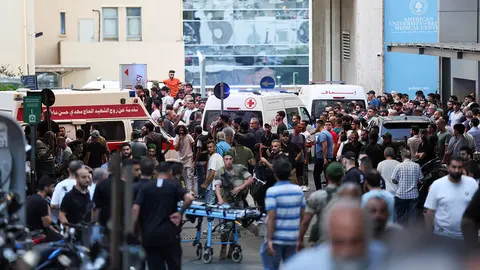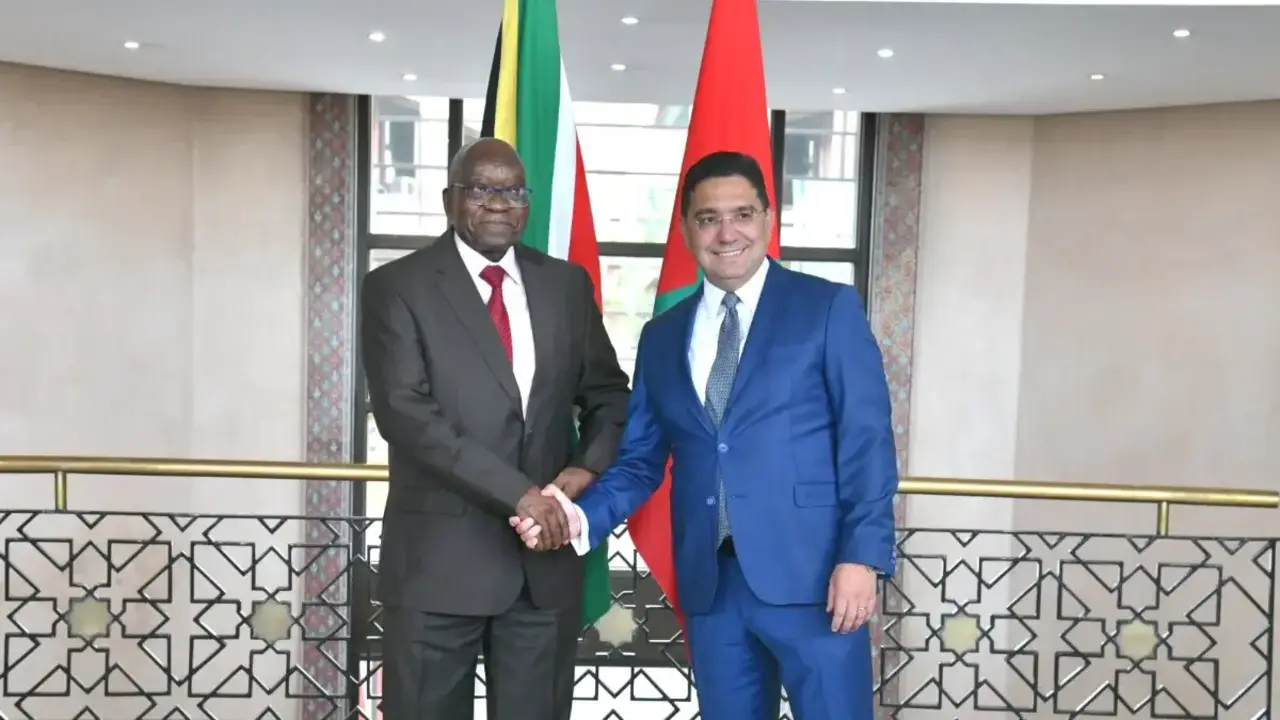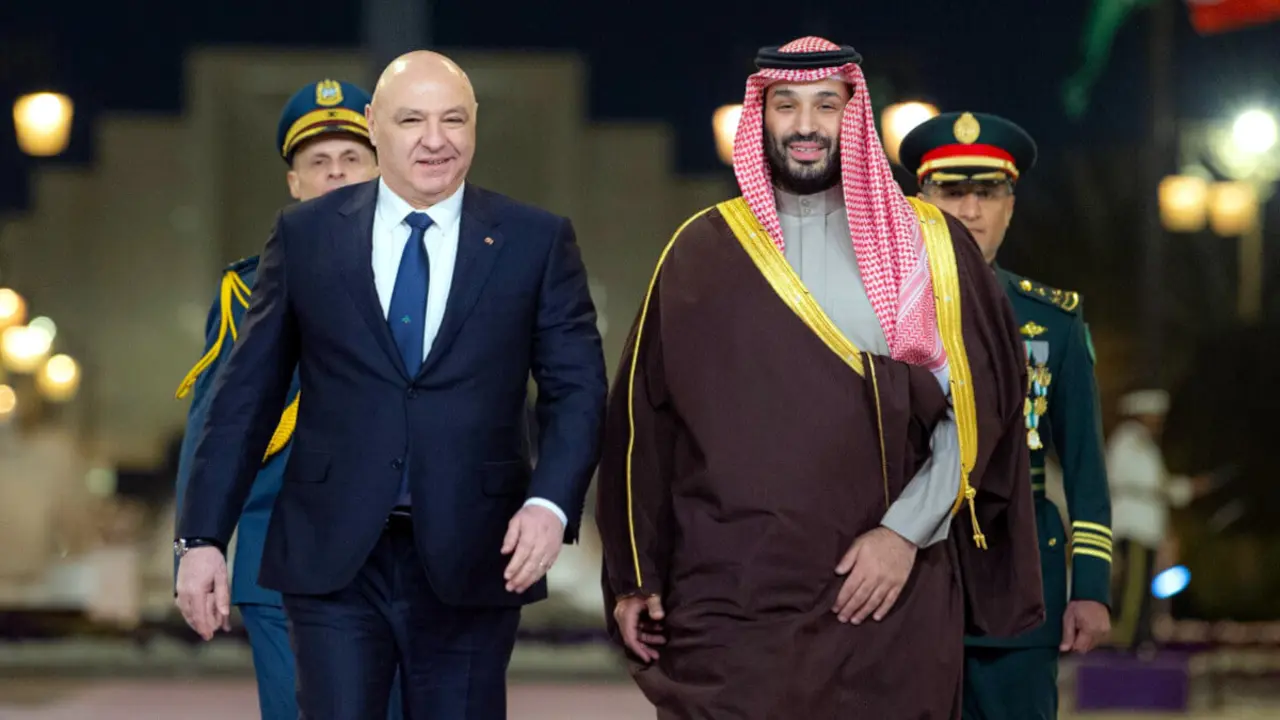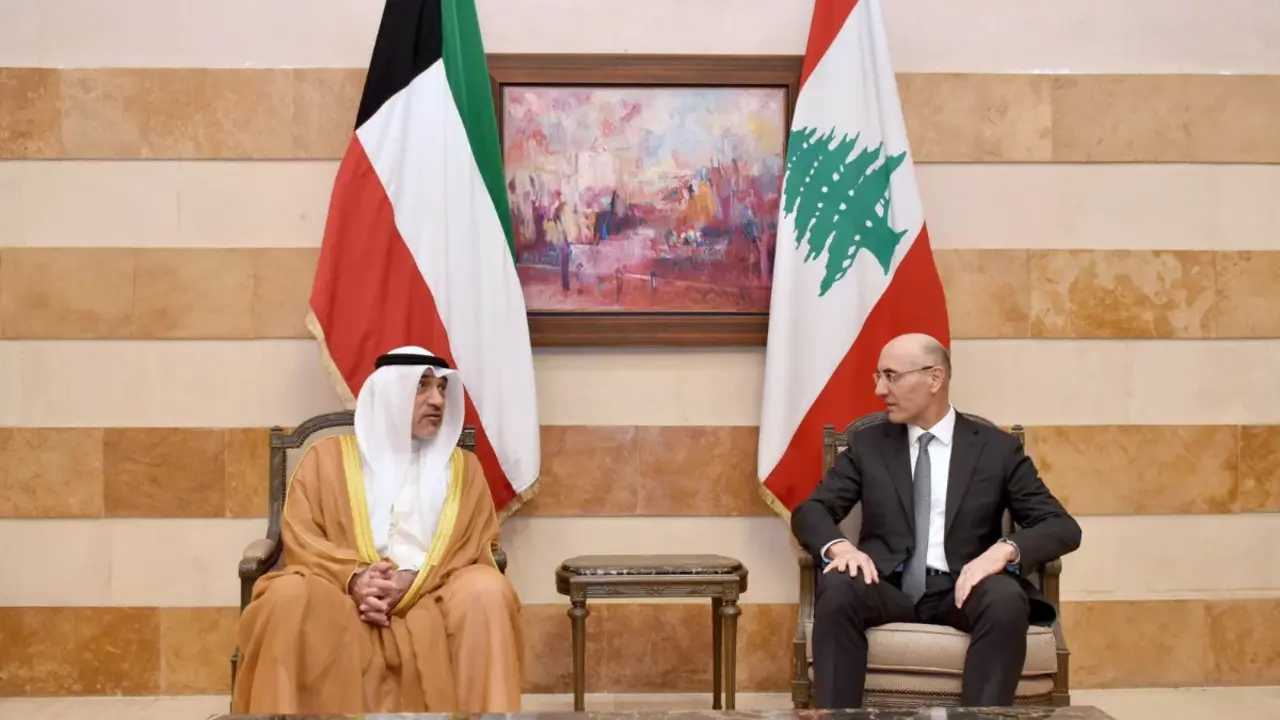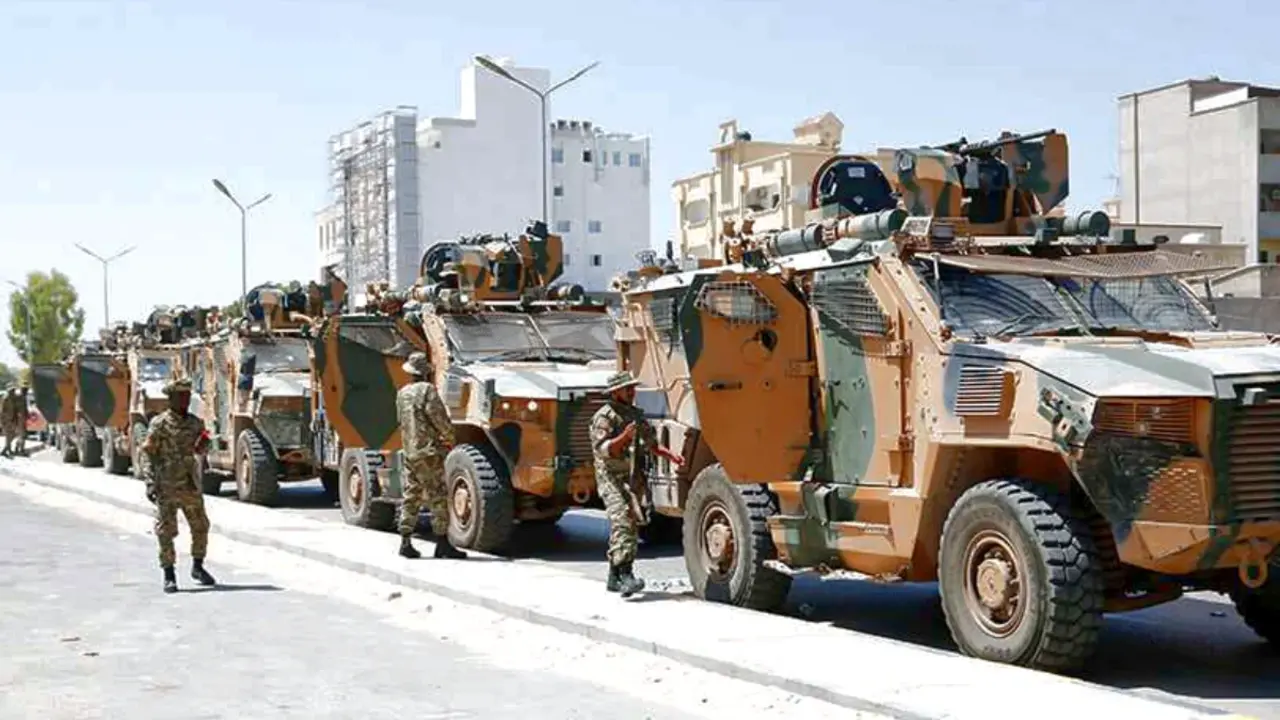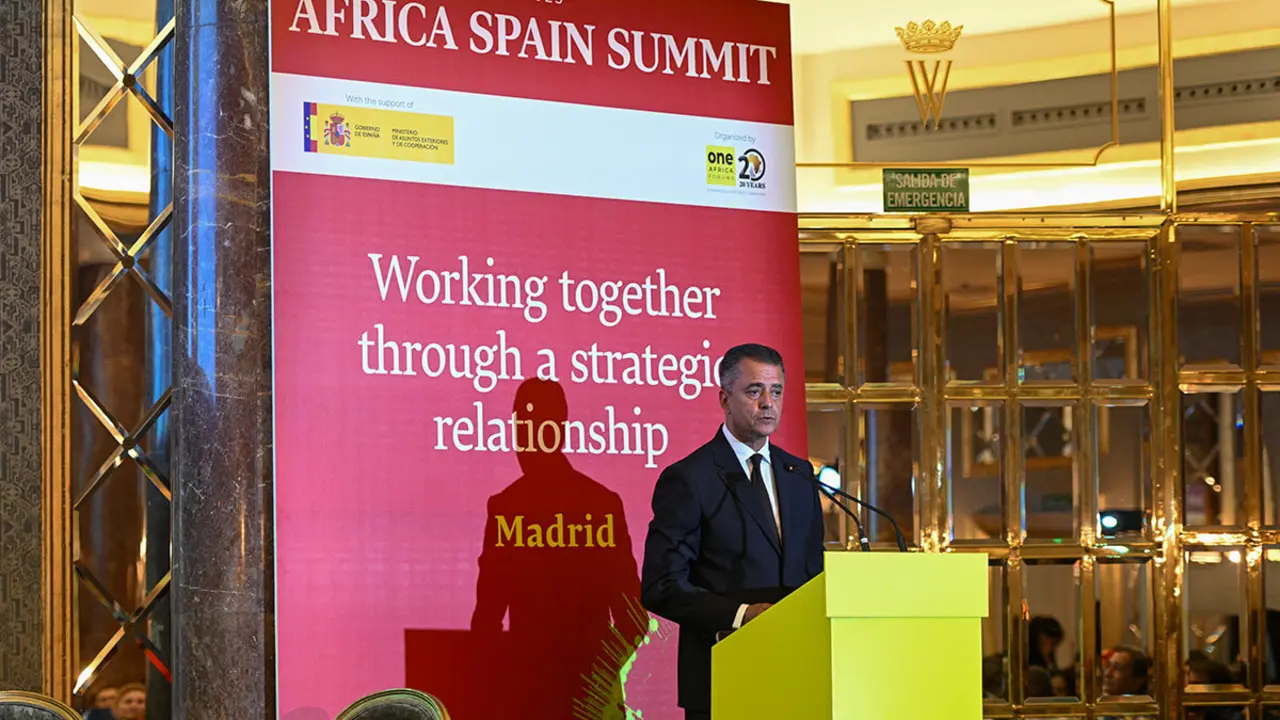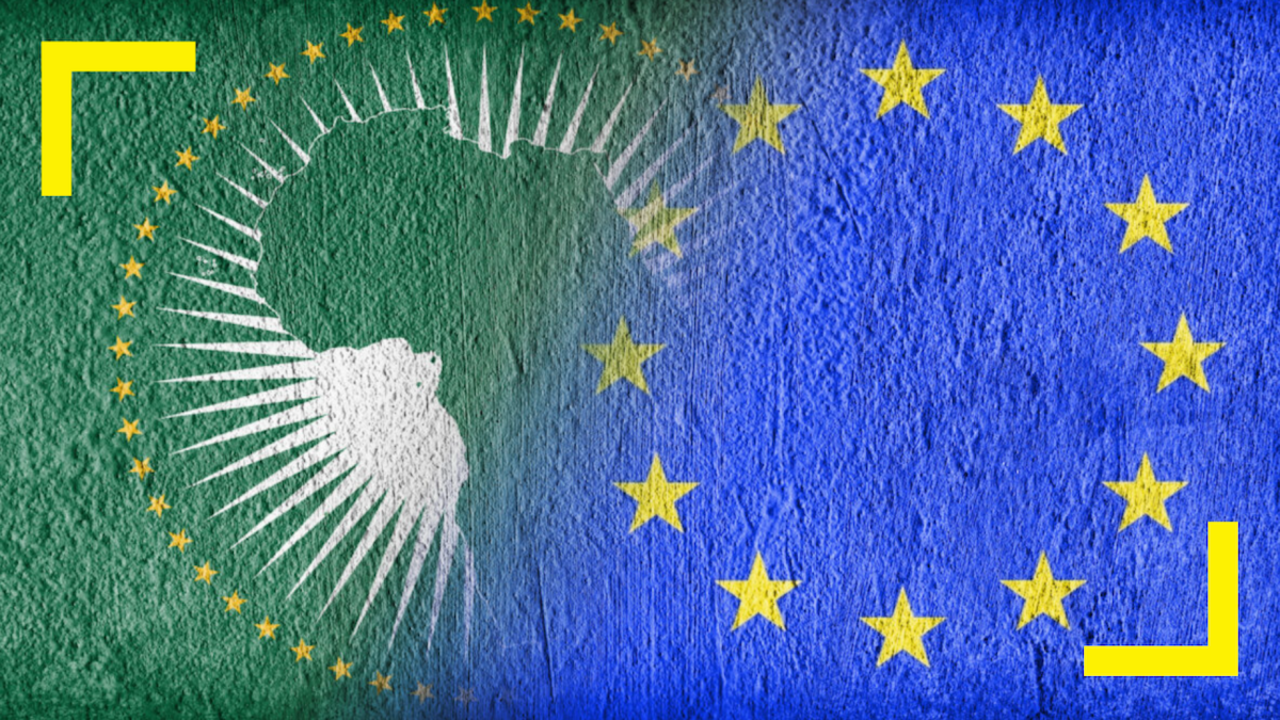New electronic strike against Hezbollah triggers explosions across Lebanon
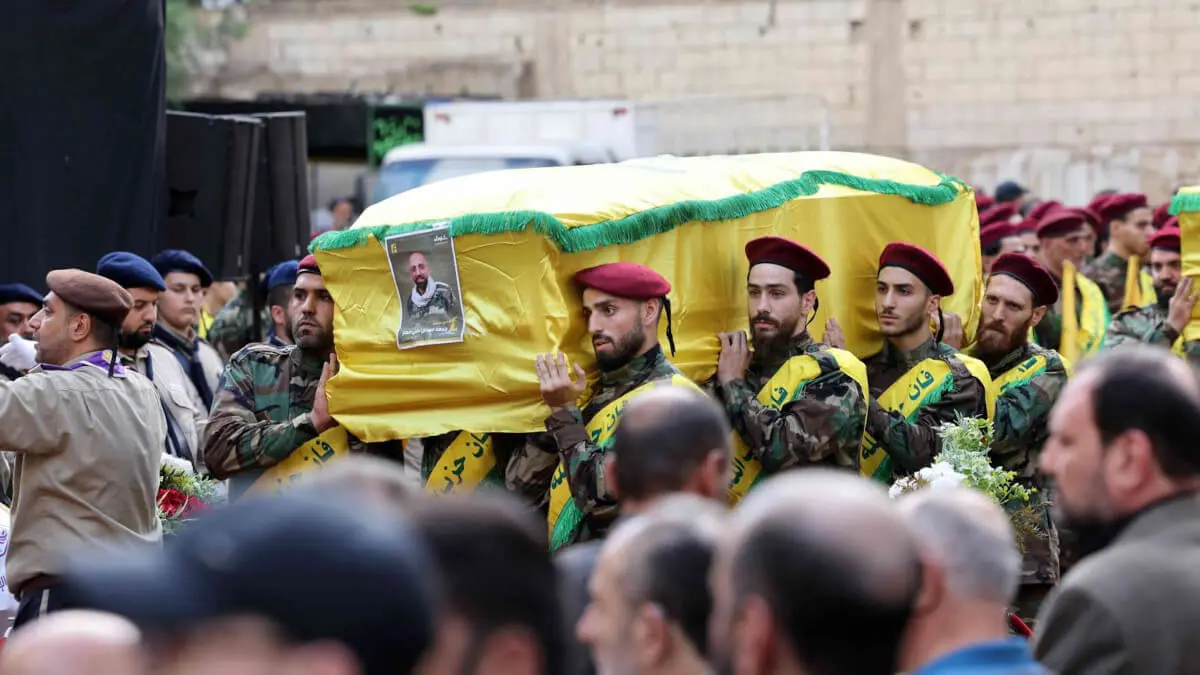
Just 24 hours after hundreds of Hezbollah-linked pagers exploded across Lebanon and parts of Syria, the Iranian regime-backed Shia militia has again suffered a new wave of explosions on its electronic devices.
This time, at least 20 people were killed and more than 450 injured by exploding walkie-talkies in different parts of Lebanon, including in Hezbollah strongholds in Beirut. These figures are in addition to the 12 killed - including two children - and almost 3,000 injured during the first attack.
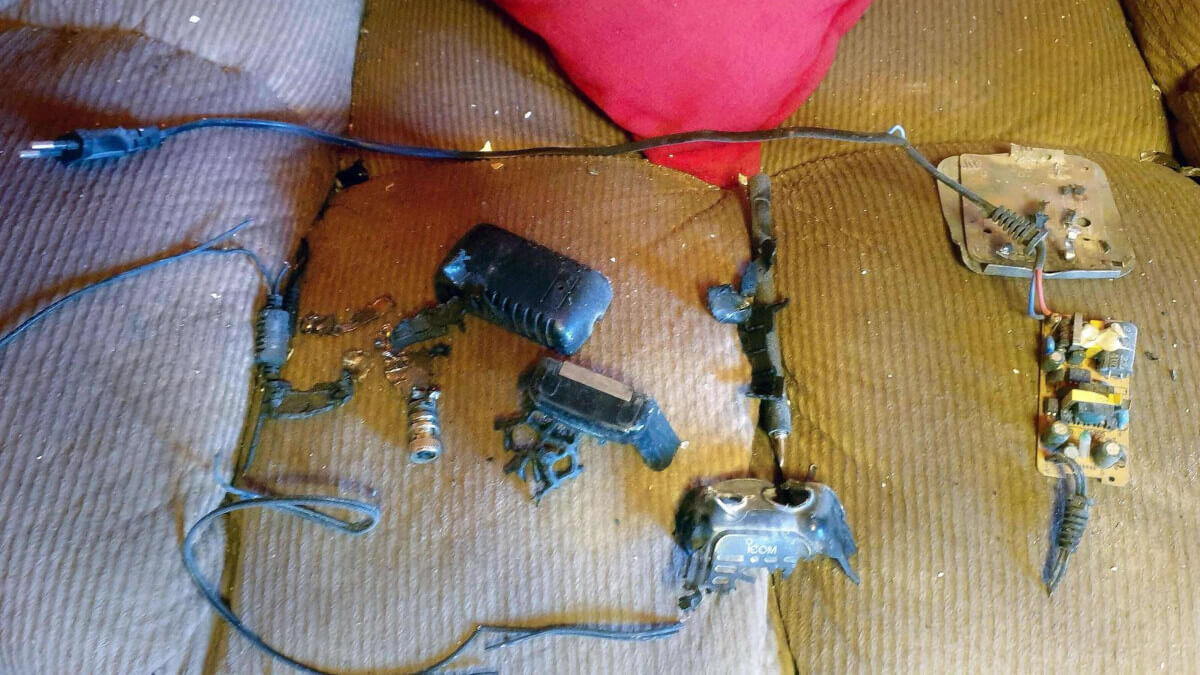
This wave of electronic attacks represents the biggest security breach for the terrorist group since it began its war against Israel almost a year ago. This operation targeting Hezbollah members highlights their vulnerability and, at the same time, also sends a message to the Islamic Republic of Iran, their main sponsor and Israel's greatest enemy.
🚨BREAKING: Second round of explosions in Lebanon, this time walkie talkies exploding, including at a Hezbollah funeral in Beirut pic.twitter.com/cMefM2thdi
— Jotam Confino (@mrconfino) September 18, 2024
Indeed, according to Saudi media reports, fighter-bomb explosions in Deir ez-Zor in eastern Syria killed 19 members of Iran's Islamic Revolutionary Guard (IRGC), wounding 150 others as well as the Iranian ambassador to Lebanon.

‘If Israel is indeed behind these explosions, including those in Syria, it sends a serious warning to Hezbollah not to attempt attacks inside Israeli territory, as it has done at least three times recently using local Palestinian infrastructure,’ writes veteran Israeli journalist Ron Ben-Yishai in Ynet, who recalls a series of attacks the Shia group planned in Israel over the past year, including the assassination attempt on former defence minister and IDF Chief of Staff Moshe Ya'alon.
The Lebanese Shi'ite organisation used an Iranian-made explosive device during a morning run by the former minister in Tel Aviv's Yarkon Park on 15 September, before the war began. A month later, in October, Israeli security forces located more explosives hidden in Israel, including three Claymore mines and an M-16 rifle in East Jerusalem.

As with the buscas, Israeli intelligence services booby-trapped the walkie-talkies before they were handed over to Hezbollah as part of the militia's emergency communications system, according to Axios.
In this regard, ICOM, the Japanese manufacturer of the walkie-talkies used by Hezbollah, is trying to investigate whether the devices that exploded were counterfeits of its models or devices that were discontinued a decade ago and to which modified batteries were added.

‘There is no way a bomb could have been integrated into one of our devices during manufacture. The process is highly automated and fast, so there is no time for such things,’ explained Yoshiki Enomoto, head of ICOM, at the company's headquarters in Osaka.

Israel seeks to deter Hezbollah, which vows ‘unique and bloody’ revenge
Separately, two sources told the news outlet that Israel's aim with the second wave of attacks was to increase paranoia and fear among Hezbollah's ranks, in an attempt to pressure the militia's leadership to change its strategy regarding the conflict with Israel.
‘The aim was to convince Hezbollah that it is in its interest to disengage from Hamas and reach a separate agreement to end the fighting with Israel independently of a ceasefire in Gaza,’ one of the sources said.

Hezbollah refuses to cease its offensive against northern Israel until a ceasefire is reached in the Gaza Strip. In fact, the terrorist group has already vowed a ‘unique and bloody’ retaliation.
‘Tomorrow the leader of Hezbollah (Hassan Nasrallah) will speak and everything will be exposed. We will be in a new situation and a new confrontation with this enemy,’ declared Hashem Safieddine, head of Hezbollah's executive council, shortly after the second attack that Hezbollah and the Lebanese government attribute to Israel.
‘The enemy must know that we are not defeated, that we will not collapse, that we will not retreat and that what they are doing to us will not influence us,’ he added.

